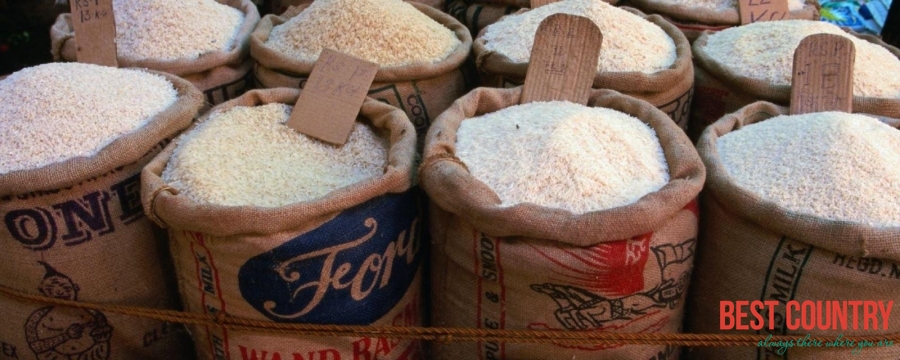One of travel's greatest joys is experiencing different cultures through food. But, paradoxically, the ease of global travel is putting local cuisines at risk. As businesses begin to cater to travellers who expect familiar tastes, less mainstream flavours may drop right off the menu.
To combat this trend, the Slow Food movement created the Ark of Taste, an archive of foods in danger of extinction. Below are five of our favourite items from the Ark of Taste. Seek out these local delicacies and you will be enjoying a once-in-a-lifetime treat. Plus you will also be helping to preserve the cultures that have created these foods.
Piki: Arizona
This nutritional bread has been of great cultural importance to the Hopi, a Native American tribe that lives primarily in Arizona, for centuries. Piki-making skills have traditionally been passed from mother to daughter, and it is even customary for a young Hopi woman to make piki bread to prove she is worth marrying. Made by grinding blue corn and mixing it with juniper-berry ash and water, it is used to soak up dishes like mutton stew. The best place to try it is the Hopi Cultural Center in Second Mesa, Arizona. (Interested? Lonely Planet`s partner Viator offers a Native American Culture tour that takes in a traditional Hopi meal.)
Landauer rahmkoch: Austria
Given the loads of butter and sugar in this pudding, it is a wonder that Austrians have not become extinct! Traditionally made by dairy maids celebrating the return of the cattle from the alpine mountains, the rahmkoch is one third butter to one third flour with the rest made up of sugar, cream, anise and cinnamon. Thankfully, hiking in the surrounding mountains is the pastime of most visitors to the Landauer region, so they can walk off what is definitely a "sometimes" food.
Dehra Dun basmati rice: India
One of the most prized rices in India is the white-flower-and-sandalwood scented basmati from Dehra Dun. It is most popular in a sweet, milky dish called kheer, which is cooked until creamy with cardamom and raisins. Years ago the Dehraduni rice fields, located in the Indian Himalayas, were destroyed by years of pesticide use. With the help of a local seed conservation group, the locals have regenerated the land so it can continue on in Indian traditions.
Imraguen women`s mullet bottarga: Mauritania
Imraguen are nomad fisherfolk who follow the movements of schools of red mullet along the Banc d`Arguin on the northern coast of Mauritania. Once the men have caught the fish, the women use techniques passed down from mother to daughter to harvest and store the mullet roe. Sadly the well-stocked fishing territory is now under threat from overseas companies and illegal fishing boats, so Slow Food is working with a local NGO to preserve not only the mullet bottarga but the Imraguen culture as well.
Shrub: Pennsylvania and Virginia
Shrub, a sweet acidic drink made out of fruit macerated in vinegar and mixed with sugar, was brought to the United States by the English, who used it to cover the taste of rum that had been ruined by seawater. The cordial, usually mixed with water or soda, became popular in its own right as a refreshing drink in hot weather. Unfortunately, the rise of industrial sodas has seen a massive decline in shrub making, so now you can only find it being made by the Tait family in Pennsylvania or in colonial-themed restaurants in areas like Williamsburg, Virginia.
By Katie Falkiner, Lonely Planet
